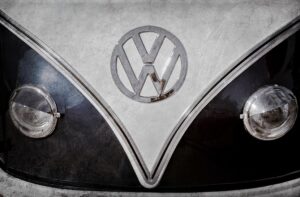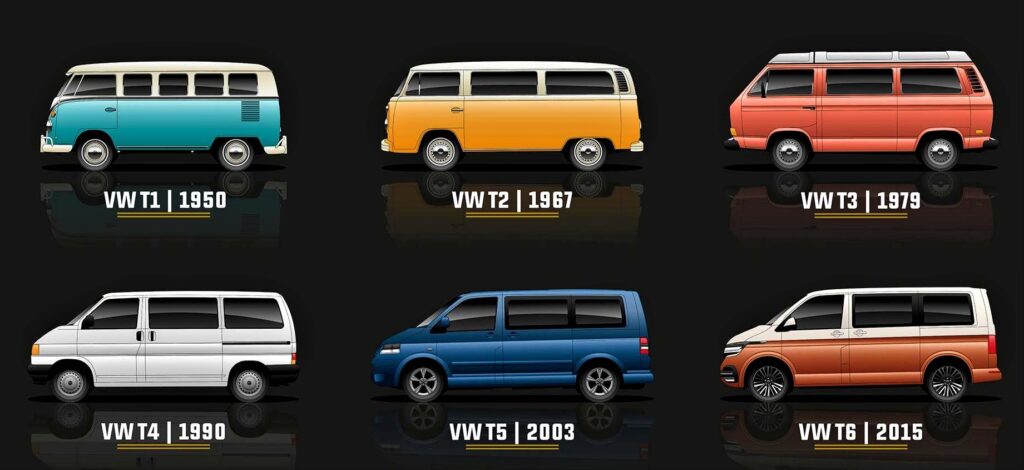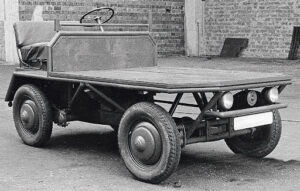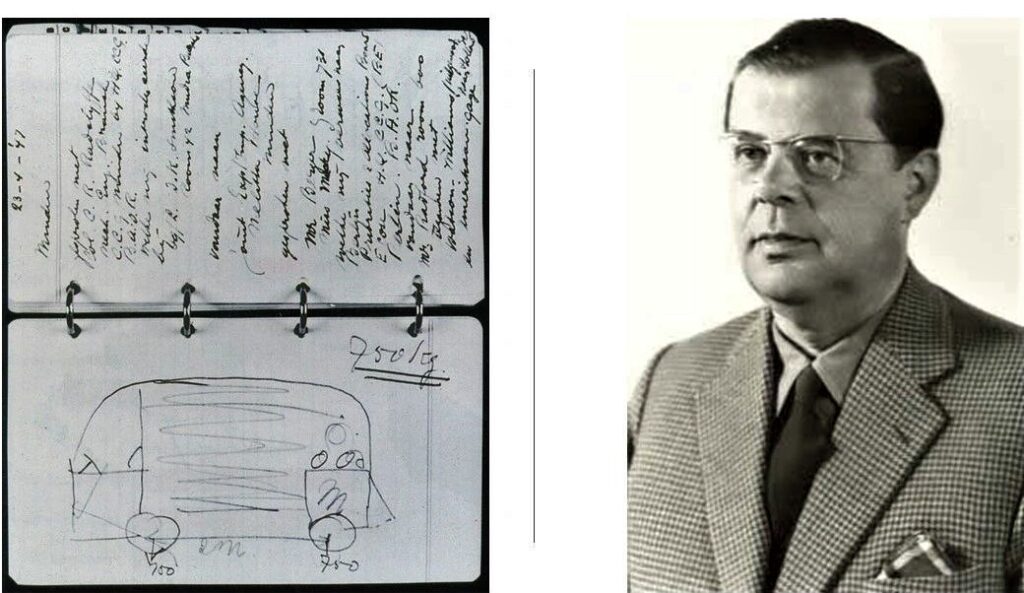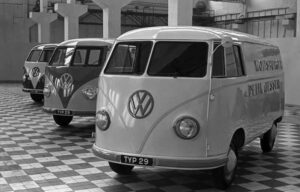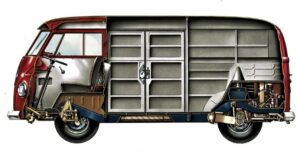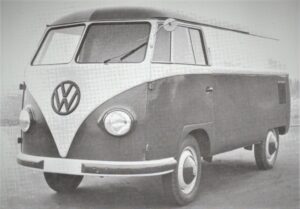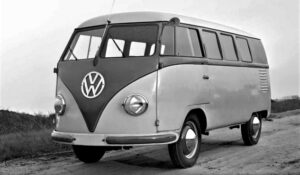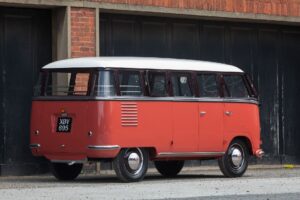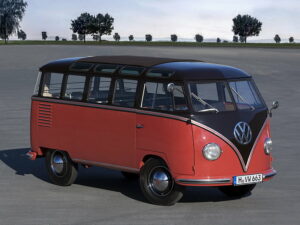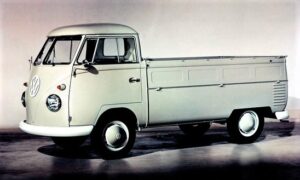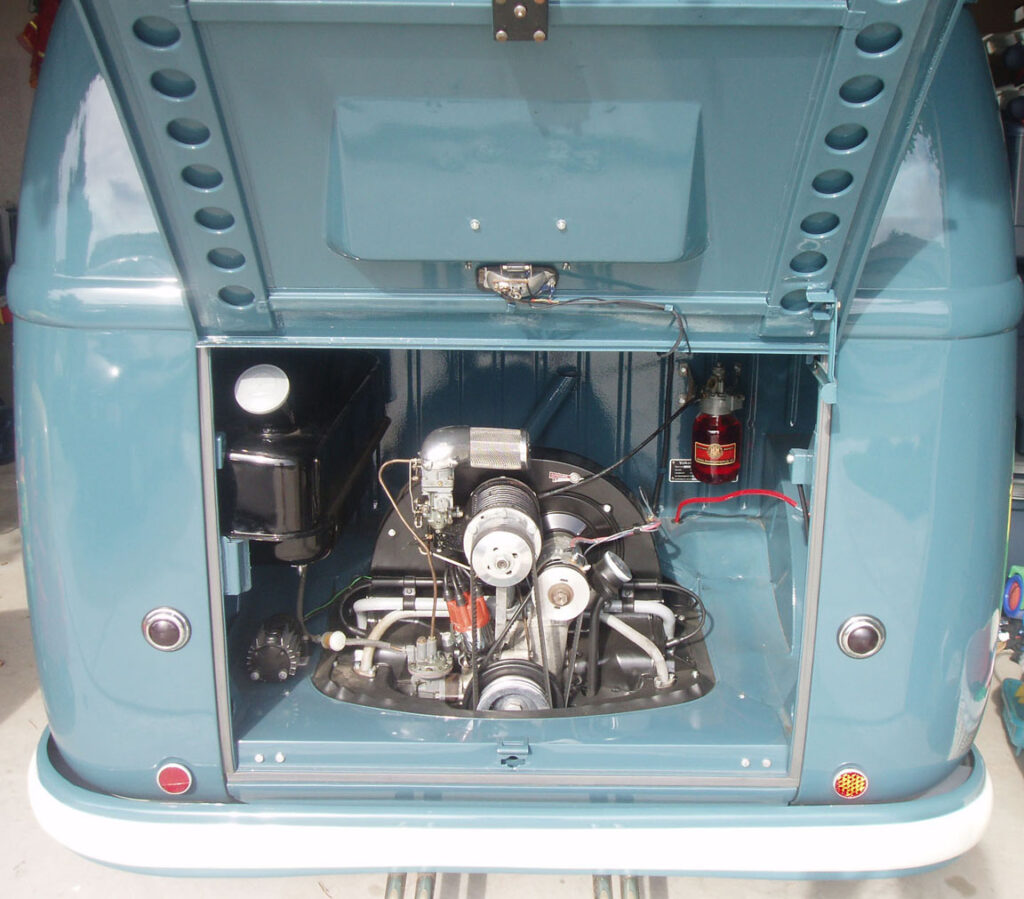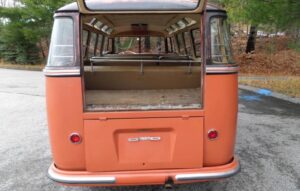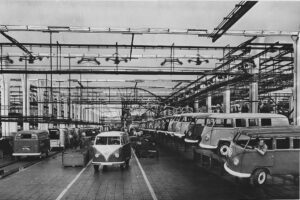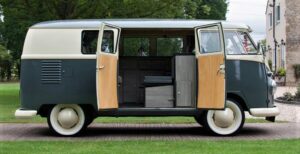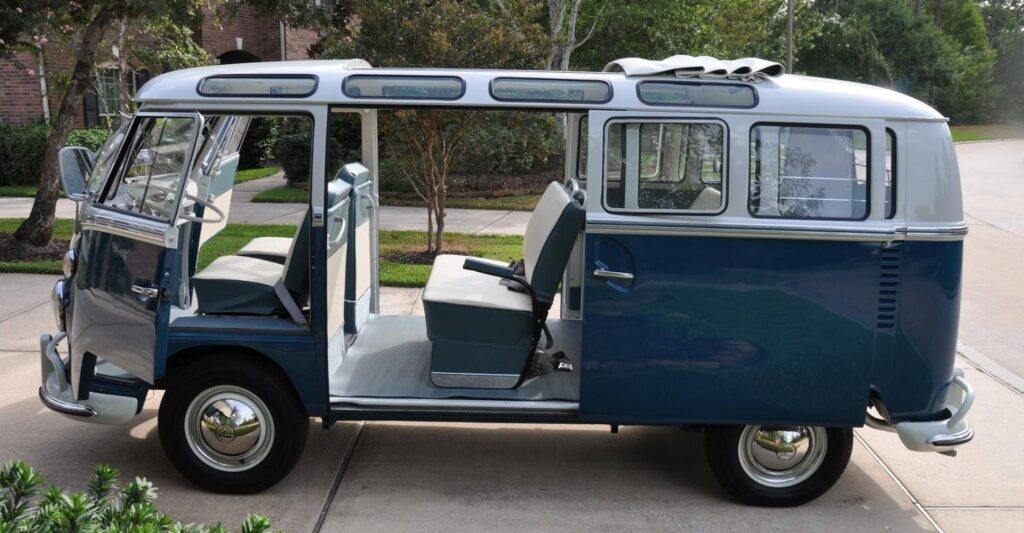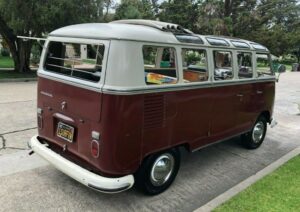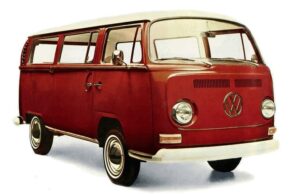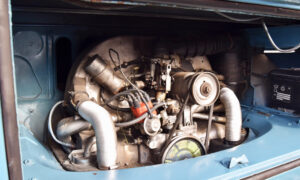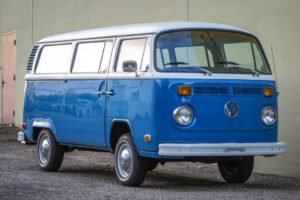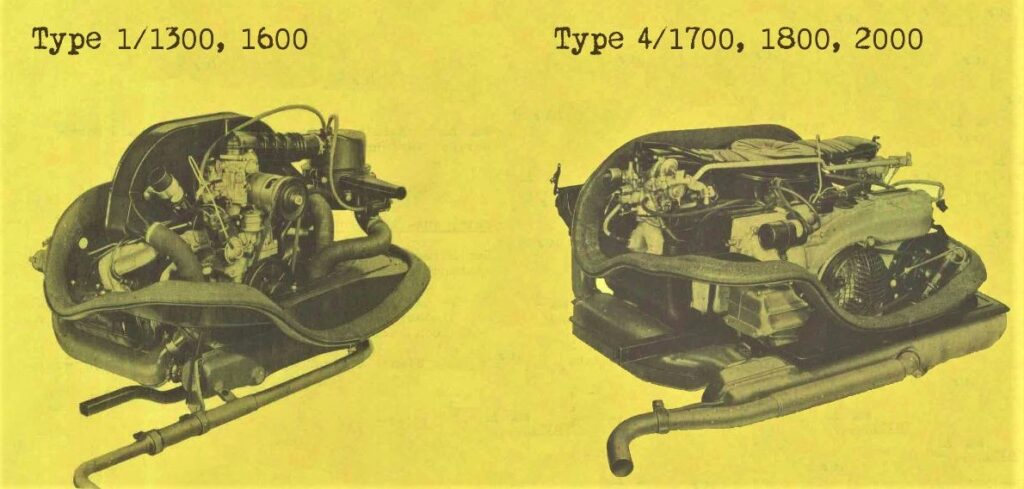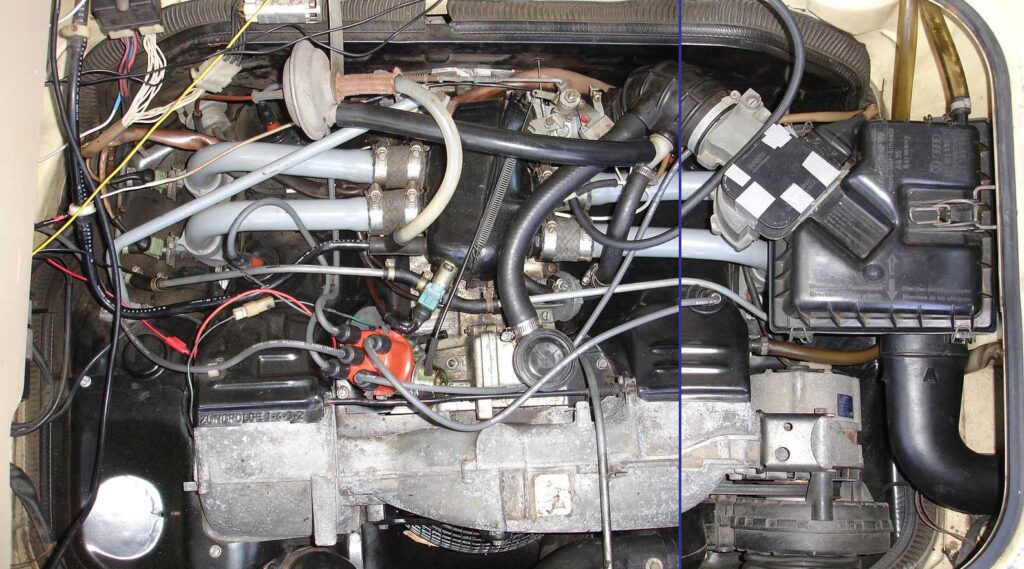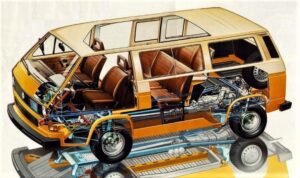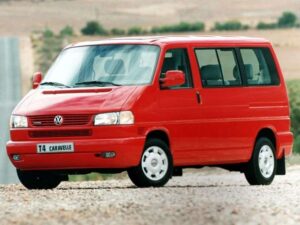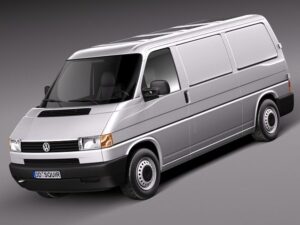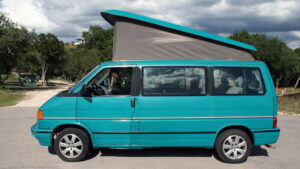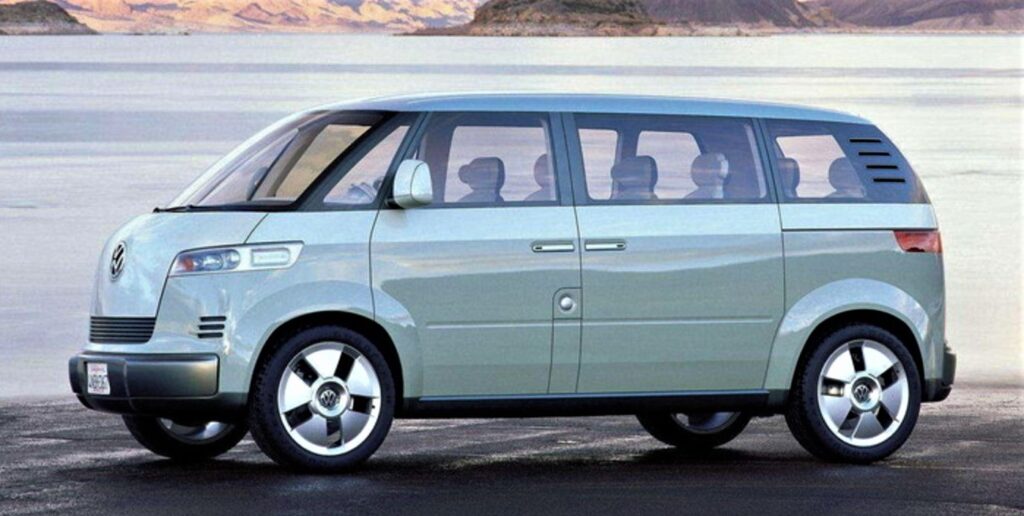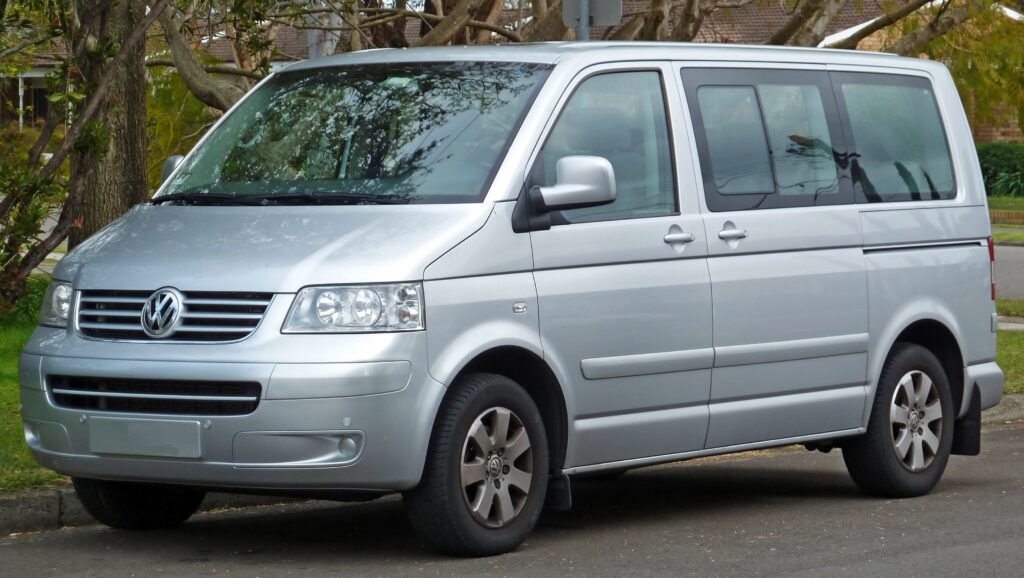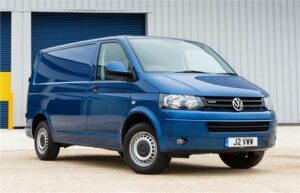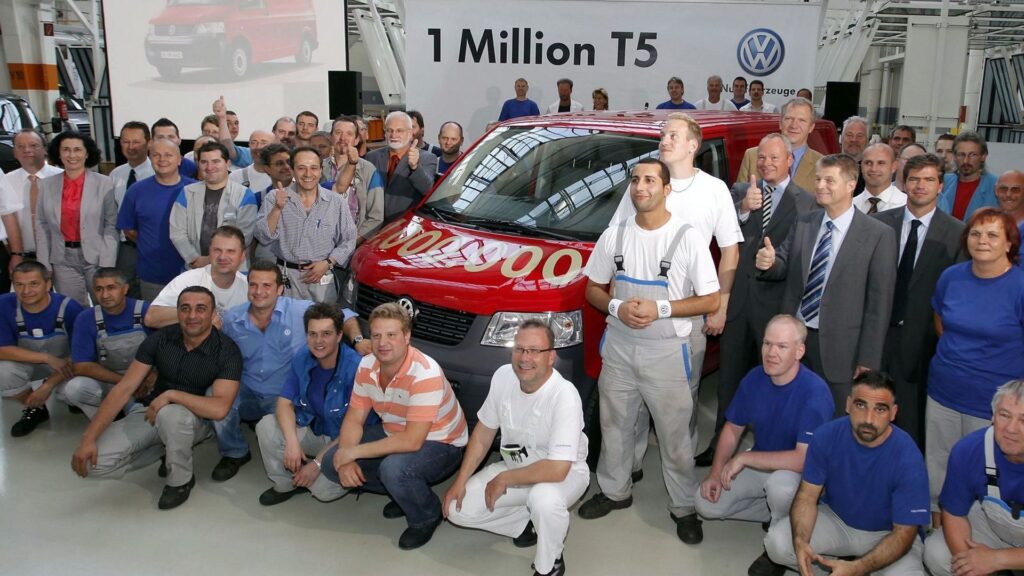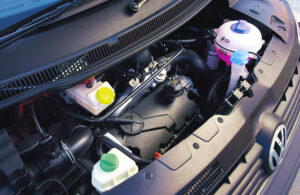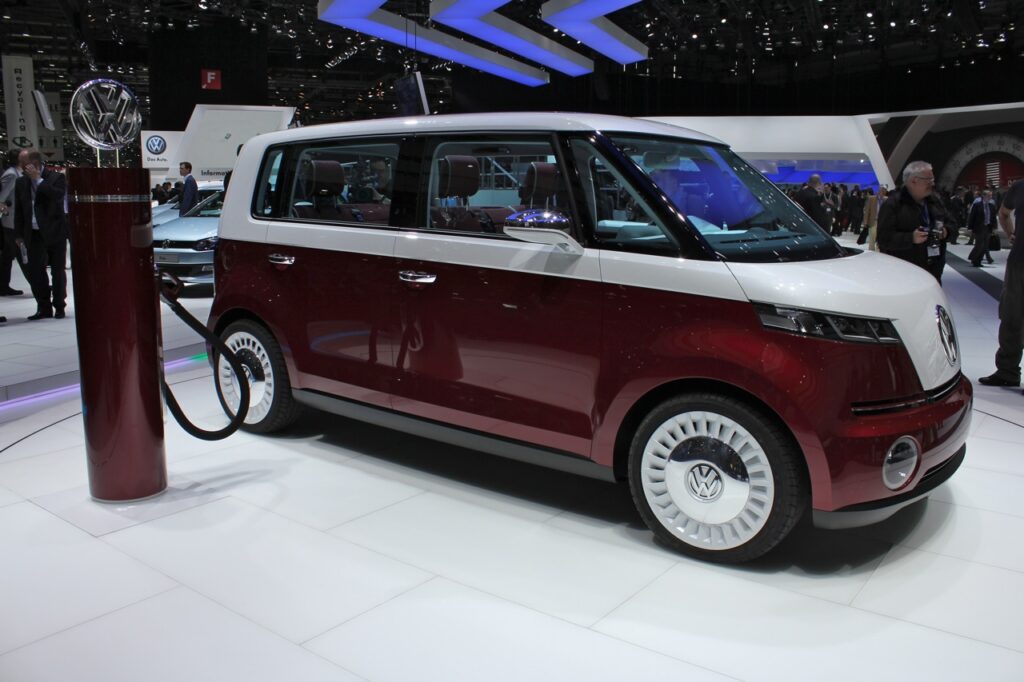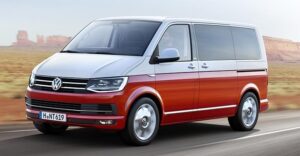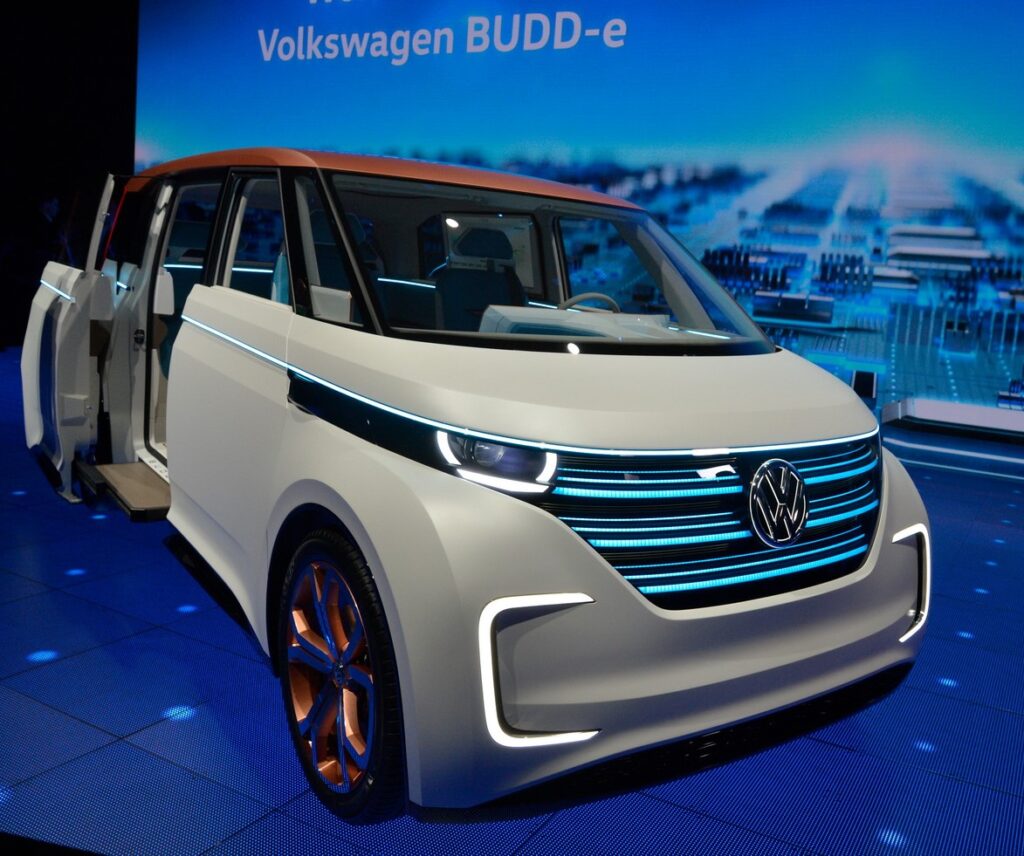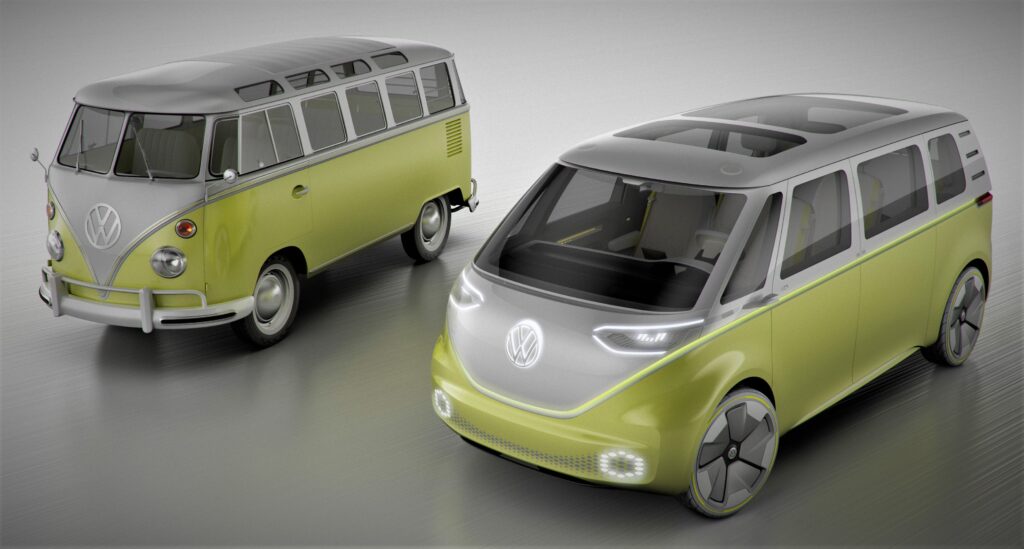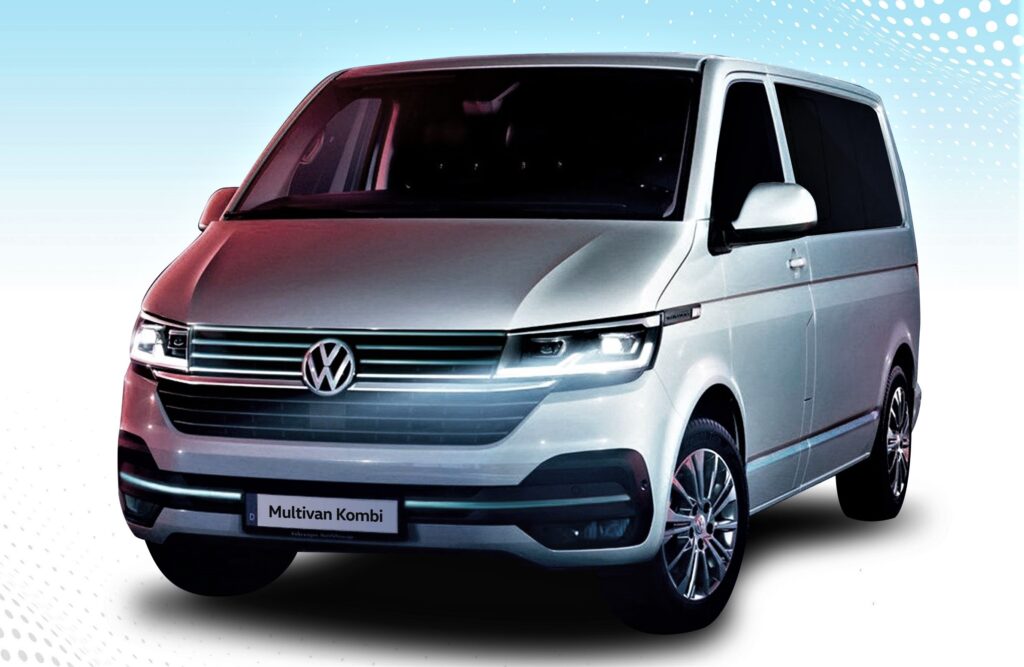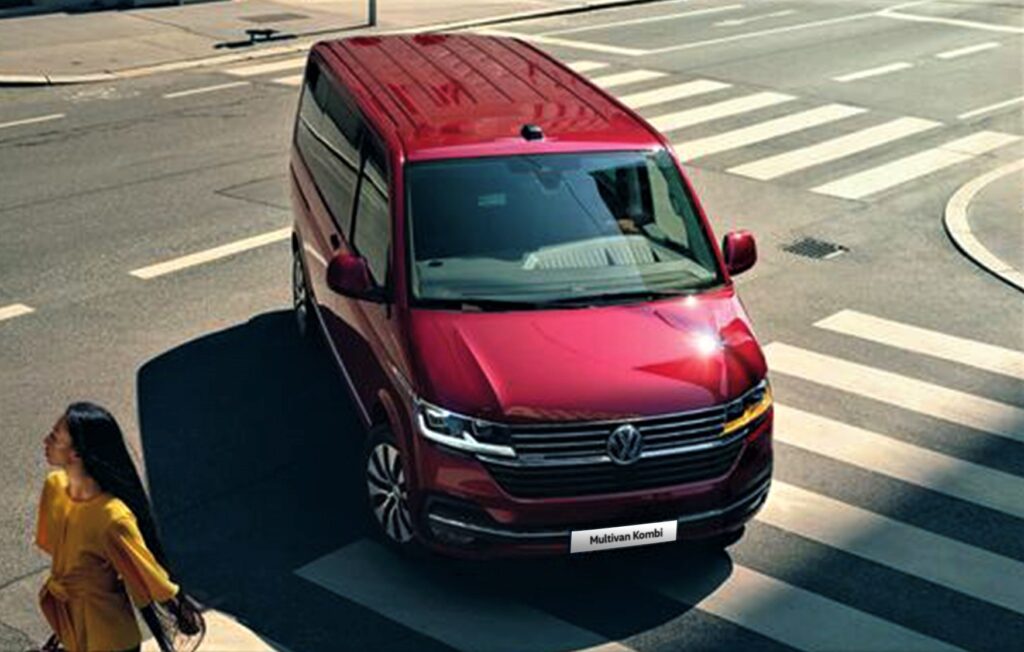Are you a huge fan of the Volkswagen Type 2 passenger/commercial van, which is more popularly known as the Kombi? If you are, then you’re in for a treat as Power Wheels Magazine follows its evolution from the first generation air-cooled rear-engine, rear-wheel drive Kombinationskraftwagen, which is German for “combined-use commercial vehicle”, to the sixth generation liquid-cooled front-engine front-wheel drive Multivan Kombi, which was introduced by Volkswagen Philippines last July 2021. Without further ado, here we go:
1946
Bernardus Marinus “Ben” Pon, Sr., a Dutch businessman and Volkswagen importer from the Netherlands, visits the VW factory in Wolfsburg, Germany to purchase Beetles (Type 1) and sees a Plattenwagen, an improvised parts-mover based on the Type 1 chassis.
1947
Ben Pon, Sr. doodles a van design with a load capacity between 690 and 750 kg. He also proposes positioning the driver at the very front of the vehicle over the front wheels to maximize the use of space.
He waits for the factory production capacity to free up until a van prototype, Type 29, can be produced with a ladder chassis and unit body construction on the same wheelbase as the production Beetle and powered by a 25hp air-cooled flat-four engine.
1948
VW engineers improve the aerodynamics of the van by splitting the windshield and roofline into a V-shape.
1949
VW Chief Executive Officer Heinz Nordhoff approves the van, designated as “Type 2”, for production. The first production model (T1) rolls out of the Wolfsburg factory on November 12th.
The German carmaker offers two models, both with “barn door” rear doors – the Commercial cargo van and the Kombi, which features two side windows and middle and rear seats that can be easily removed by one person. VW produces 9,541 Type 2 units.
1950
Type 2 Microbus with 11 windows – a split windshield, two front door windows, six rear side windows, and one rear window – debuts in May.
1951
Type 2 Microbus Deluxe with 15 windows and Sunroof Deluxe with 23 windows (Samba) debuts in June. Type 2 Ambulance with a “tailgate” rear door is launched in December. VW builds 11,805 Type 2s.
1952
VW introduces the Type 2 single cab pickup model in August. A double cab version will follow after a few years.
1953
VW upgrades the Type 2’s Beetle-derived engine from the 24bhp 1.1-liter air-cooled flat-four to the 30bhp 1.2-liter version.
1955
VW makes the tailgate, repositioned fuel tank, and spare tire behind the front seat as standard features on the Type 2 until 1967. Flat-four engines with higher compression ratio becomes standard.
1956
Type 2 models are built at the new VW factory in Hanover, Germany.
1962
VW introduces a heavy-duty version of the T2 with a 1,000kg cargo capacity, 42bhp 1.5-liter engines, and smaller but wider 14-inch wheels.
1963
51bhp 1.5-liter engines become standard.
1964
A sliding door for the passenger/cargo area becomes an option in place of outwardly hinged doors. Wider rear door eliminates rear corner windows. Deluxe models get 13 windows instead of 15 while Sunroof Deluxe models get 21 windows instead of 23.
1967
Volkswagen introduces the second generation (T2) of the Type 2 with standard 47bhp 1.6-liter engines and 12-volt electrical systems. Half-shaft axles with constant velocity (CV) joints replaces swing axle rear suspensions.
1971
T2 gets standard 50bhp 1.6-liter engine with dual-port cylinder heads, front disc brakes and wheels with brake ventilation holes and flatter hubcaps.
1972
Front indicators are repositioned higher, the engine compartment becomes larger to accommodate optional 1.7-liter and 2.0-liter “pancake” engines from the Type 4 (VW 411 and 412), and the redesigned rear end features larger tail lights and air inlets.
1973
For the first time, Type 2 models are available with automatic transmissions mated to 62bhp 1.7-liter engines. 66bhp engines are mated to 4-speed manual transmissions. Crash safety is improved using a compressible structure behind the new square-profile bumpers.
1974
67bhp 1.8-liter engines are available.
1975
American second-generation Type 2 models get Bosch L-Jetronic electronic fuel injection.
1976
70bhp 2.0-liter engines are available.
1978
2.0-liter engines get new electronic ignition, eliminating contact points and condensers, and hydraulic valve lifters, eliminating periodic valve clearance adjustments.
1979
Volkswagen introduces the third generation (T3) of the Type 2, which is the last Volkswagen platform to use the air-cooled flat-four engine. It becomes known in the United States as the Vanagon.
1983
The rear-mounted air-cooled engine is replaced by a liquid-cooled engine. Optional four-wheel drive becomes available.
1990
Volkswagen introduces the fourth generation (T4) model with a front-engine, front-wheel drive configuration. “Transporter” nameplate replaces the “Type 2” moniker and three-row passenger vans are marketed as the Caravelle.
1993
The T4 is marketed as the Eurovan mid-size van and becomes popular as recreational vehicles (RVs) in the United States and Canada.
2001
The VW Microbus Concept is shown at the North American International Auto Show (NAIAS) in Detroit, Michigan.
2003
Volkswagen introduces the fifth generation (T5) Transporter range of light commercial vehicles and passenger vans with a more aerodynamic design.
2009
The one-millionth T5 rolls off the production line in Hanover.
2010
VW releases new engines including the twin-turbo diesels to replace old 5-cylinder units.
2011
The VW Bulli concept electric minivan is shown at the Geneva Motor Show.
2015
Volkswagen introduces the sixth generation (T6) models. Engine options include Euro 6 diesel engines with AdBlue technology and power outputs of 83bhp, 100bhp, 147bhp and 204bhp (twin turbo).
2016
The VW BUDD-e concept electric minivan with photovoltaic cell on the roof is shown at the Consumer Electronics Show (CES).
2017
The VW ID BUZZ concept electric minivan is shown at the North American International Auto Show (NAIAS).
2021
Volkswagen Philippines introduces the VW Multivan Kombi in July.
For more information about the 2021 Volkswagen Multivan Kombi or to book a test drive, please go to www.volkswagen.com.ph
 Power Wheels Magazine A Notch Above
Power Wheels Magazine A Notch Above

